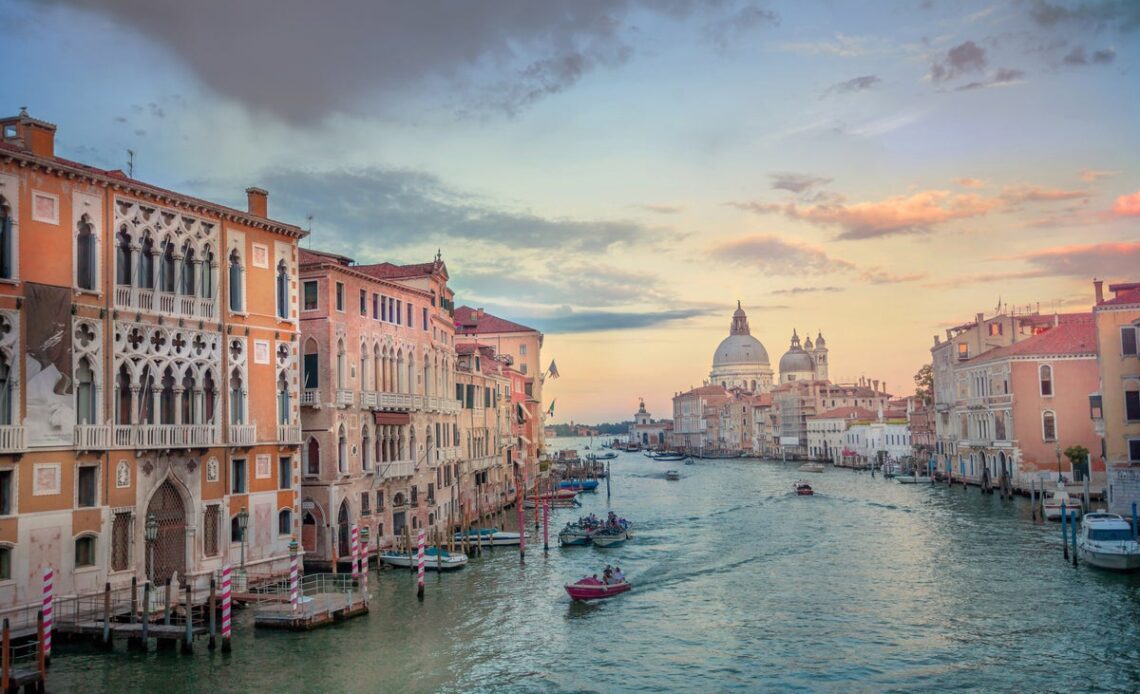Italy has it all. The big boot concentrates some of Europe’s most beautiful landscapes, islands, beaches and lakes, mountains and rolling vine-covered hills, and adorns them all with more art and architecture than anywhere on the planet.
You can go back every year and never see it all. Because Italy has only been as a single country since 1871, each regions has developed its own distinct character, cuisine and wine. Whether you love art or archaeology, fashion or fast cars, or food, wine and la dolce vita, you’ll love Italy.
Current travel restrictions and entry requirements
As of 1 June, Covid-19 restrictions on entering Italy have been lifted. Italy does not require any proof of vaccination, a negative test result, or a recovery certificate to enter the country, regardless of your vaccination status.
All passengers entering Italy by plane, ferry, train or coach must wear an FFP2 mask; masks are required on public transport until 15 June. For the latest info see salute.gov.it.
Best time to go
Italy is a year-round destination. Summers are hot and crowded (the Italians themselves go on holiday in August) but that’s also the time for beaches, festivals and sitting out under the stars. Spring is a delightful time to visit, with numerous events, especially around Easter, while in autumn the colours are magnificent in the mountains and vineyards as the wine harvest takes place. Winter is stellar for skiing and snowsports, opera lovers, and visiting the cities and museums minus the crowds.
Top regions and cities
Rome
Italy’s capital, Rome, is one of the world’s great cities, the magnificent stage for a lion’s share of European history, a palimpsest where ancient, medieval, Renaissance and Baroque landmarks stand shoulder to shoulder. It is the only city that surrounds a sovereign country, Vatican City, yet alongside the grandeur of the Pantheon and St Peter’s, the Colosseum and Trevi Fountain, the Castel Sant’Angelo and Spanish Steps and 900 churches, there is a sense of fun. Hit the lively bars, lick gelato under the parasol pines, and hire a Vespa to pretend you’re in Roman Holiday.
Tuscany
Synonymous with landscapes swathed in vines, olives and cypresses that look as if they were lifted straight from a Renaissance fresco, Tuscany is a rare region that achieved a kind of perfection by the 16th century – then had the sense to not change. Tuscany’s precocious capital is Florence, where wealthy patrons, notably the Medici, helped herald in…
Click Here to Read the Full Original Article at The Independent Travel…
